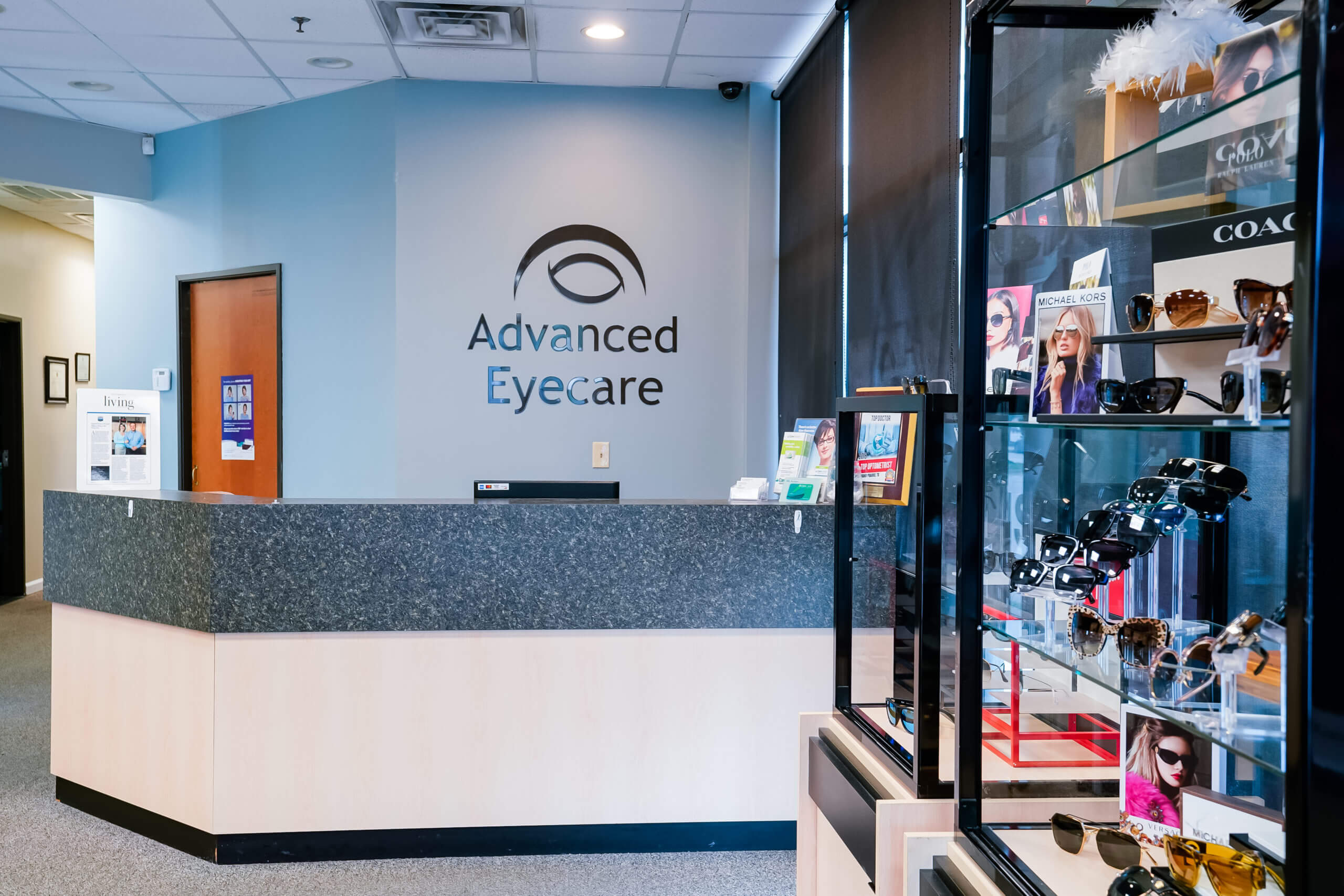Locate a Neurologist in Andalusia: Specialized Clinics and Treatment Providers
Wiki Article
The Advantages And Disadvantages of Various Refractive Surgical Treatments for Boosted Eyecare

LASIK Surgery
LASIK surgical treatment is a generally performed refractive procedure that aims to remedy vision concerns such as farsightedness, nearsightedness, and astigmatism. This medical method has actually gotten appeal as a result of its performance in offering people with more clear vision and reducing their dependency on glasses or call lenses. Throughout the procedure, a slim flap is developed on the cornea, and a laser is utilized to reshape the underlying tissue, fixing the refractive error. The flap is then rearranged, enabling fast healing and minimal pain for the person.One of the key benefits of LASIK surgical treatment is the rapid enhancement in vision experienced by many clients. It is crucial for people thinking about LASIK surgery to undergo a complete evaluation by an eye care specialist to determine if they are suitable candidates for the treatment.
PRK Treatment
The PRK treatment, also referred to as Photorefractive Keratectomy, is a kind of refractive surgical treatment that aims to remedy vision concerns similar to LASIK surgical procedure. Unlike LASIK, which entails producing a flap in the cornea, PRK services the surface area layer of the cornea. Throughout the PRK treatment, the external layer of the cornea, called the epithelium, is removed to enable reshaping of the underlying corneal tissue with an excimer laser. This reshaping assists to deal with refractive mistakes such as farsightedness, nearsightedness, and astigmatism.One of the benefits of PRK over LASIK is that it removes the threat of flap-related complications since no flap is created throughout the surgical treatment. This can be beneficial for individuals with thin corneas or those involved in contact sporting activities where eye injury is an opportunity. The recovery time for PRK is typically much longer contrasted to LASIK, as the outer layer of the cornea requires time to regrow after the treatment. In spite of the longer recovery duration, PRK can be an appropriate choice for individuals looking for vision modification surgery.
SMILE Surgical Procedure
A sophisticated refractive surgery strategy acquiring appeal in the area of ophthalmology is SMILE Surgical treatment. Tiny Cut Lenticule Removal (SMILE) is a minimally invasive procedure that corrects vision by improving the cornea making use of a femtosecond laser. Unlike conventional LASIK surgical procedure, SMILE Surgical procedure includes creating a small cut in the cornea to remove a lenticule, which results in much less disruption to the corneal structure and possibly much faster recovery times.Among the primary advantages of SMILE Surgical treatment is its ability to treat nearsightedness (nearsightedness) and astigmatism with high accuracy, resulting in superb visual end results for patients. The minimally invasive nature of the procedure additionally decreases the threat of complications such as dry eye syndrome, making it a desirable option for individuals seeking refractive surgical procedure.

LASEK Method
Having actually explored the benefits and considerations of SMILE Surgery, one more significant refractive surgical procedure strategy worth checking out is the LASEK Strategy. LASEK, which stands for Laser-Assisted Subepithelial Keratectomy, is a form of laser eye surgical treatment that aims to fix refractive errors such as myopia (nearsightedness), hyperopia (farsightedness), and astigmatism.Unlike LASIK, LASEK does not entail developing a corneal flap. Rather, throughout a LASEK procedure, the surgeon makes use of a diluted alcohol remedy to loosen the slim outer layer of the cornea, called the epithelium. This layer is then delicately moved apart to enable the laser to reshape the underlying corneal tissue. Once the cornea has been reshaped to the desired level, the epithelial layer is rearranged.
Among the main benefits of LASEK is that it can be appropriate for individuals with thin corneas that may not be good prospects for LASIK. Additionally, LASEK commonly causes very little post-operative pain and a quicker healing time contrasted to PRK. Nevertheless, the aesthetic recovery process with LASEK might be somewhat longer than with LASIK.
Implantable Contact Lenses
Implantable Contact Lenses provide a long-lasting vision improvement solution for individuals looking for an alternative to standard contact lenses or glasses. These lenses, likewise called phakic intraocular lenses, are surgically placed right into the eye to correct refractive errors such as nearsightedness (nearsightedness), hyperopia (farsightedness), and astigmatism. neurologist Andalusia. Unlike standard call lenses that remain on the surface of the eye, implantable get in touch with lenses work within the eye itself, supplying clear vision without the requirement for daily upkeep or removal
Among the key advantages of implantable call lenses is their durability. As soon as placed, they can remain in the eye forever, providing consistent and steady vision improvement. Additionally, these lenses can be a superb alternative for people that are bad candidates for laser eye surgical treatment or that favor a relatively easy to fix vision correction procedure.
Nevertheless, implantable get in touch with lenses do bring some dangers, consisting of the possibility for cataracts or increased eye pressure. It is essential for individuals considering this option to talk to an eye care expert neurologist Andalusia to figure out if implantable get in touch with lenses are the ideal option for their certain demands and eye wellness.
Verdict
Finally, each kind of refractive surgical treatment has its own benefits and negative aspects. LASIK surgical procedure is preferred for its quick recuperation time, while PRK procedure may be suitable for people with slim corneas. SMILE surgery provides minimal pain throughout the procedure, but LASEK technique might have a longer recovery process. Implantable contact lenses give a choice for those that are not ideal candidates for traditional surgeries. People must talk to their eye care service provider to determine the very best choice for their private needs.
Overall, SMILE Surgical treatment offers an appealing alternative for individuals looking to boost their vision through refractive surgical procedure.
Report this wiki page